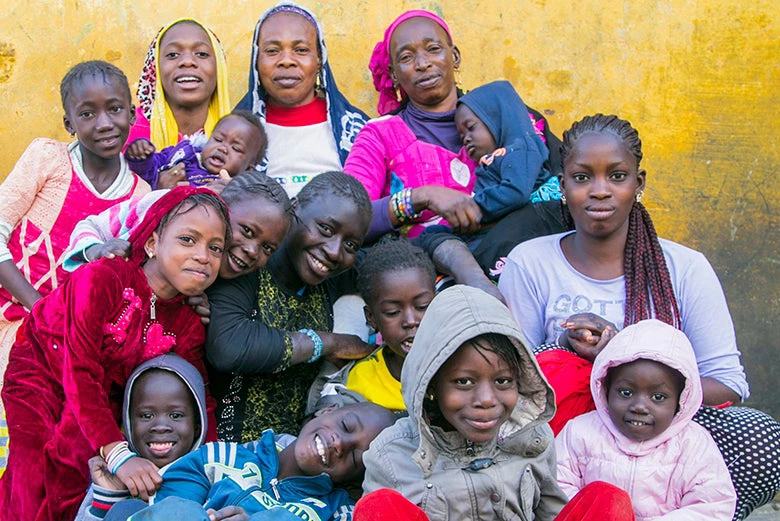
Massive investment is needed to meet the ambitious goal of ending extreme poverty and boosting shared prosperity by 2030. By some estimates it could cost as much as $4.5 trillion a year to meet the Sustainable Development Goals (SDGs), and obviously, we will not get there solely with public finance. And there’s the rub: Countries will only meet the SDGs and improve the lives of their citizens if they raise more domestic revenues and attract more private financing and private solutions to complement and leverage public funds and official development assistance. This approach is called maximizing finance for development, or MFD.
Recently, I heard five stories from project teams that made the case for this MFD approach with real-world experience and development impact. These stories span the globe from Colombia to West Africa to the Solomon Islands, and they made me hopeful. I want to share two examples that really resonated.
West Africa Housing. We all know that families that own a home invest more in education over time and are healthier and wealthier. In reality, however, housing is often unaffordable for poorer families. In the eight francophone countries that make up the West African Economic and Monetary Union, housing is scarce, demand is skyrocketing, and costs are high. Building a house in Senegal costs more than in India or China. Housing finance needs are estimated at $122 billion, compared to an estimated GDP for the entire zone of $115 billion. Clearly, the housing needs outstrip the resources of governments, and private sector solutions are needed to address this issue. Using the MFD approach, the World Bank Group strengthened the regional mortgage financing company, expanded access to housing finance, and crowded in 5$ of private finance through the bond market for each $1 invested by the WBG. The results were positive: housing supply increased, the mortgage industry expanded, and 200,000 more people have housing, which has created 250,000 new jobs.
Solomon Islands Fisheries: Fisheries provide a striking illustration of the advantages of MFD, where governance and private sector investment go hand in hand. This is particularly true in vulnerable countries and small island states. In the Solomon Islands, 70 percent of the population is under the age of 29, and most of the people depend heavily on ocean resources for their livelihoods and food. SolTuna is the largest private sector employer in Noro, a town in the Solomon Islands about 1800 miles from Sydney. It has close to 1,900 employees, 66 percent of whom are women. Using the MFD approach, the WBG has been supporting SolTuna to increase the company’s processing capacity, expand opportunities for women employees, and improve its health and safety standards. The results are encouraging: Public revenues have increased, and we are supporting the Solomon Islands to sustainably manage its fisheries and associated habitats.
Here’s my take on MFD:
- First, while MFD is not the silver bullet for all investments and projects, it has demonstrated success across different sectors and in different contexts , and it addresses several realities that we simply cannot ignore.
- Second, public sector money is scarce and by itself is not adequate to meet the SDGs and make sufficient development inroads where they are the most needed, so private participation becomes part of the development solution.
- Third, where private solutions provide more efficient and sustainable services and help governments better allocate their scarce public resources, MFD is a win-win-win solution for the people, for the private sector, and for the state.


Join the Conversation